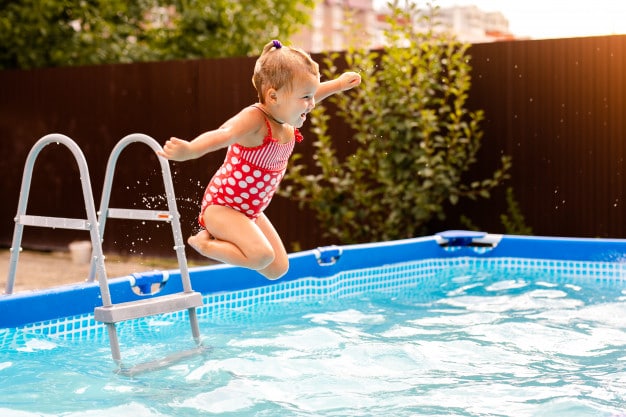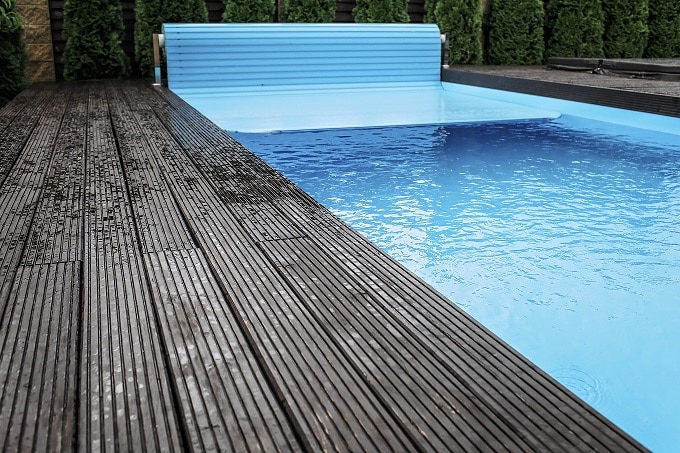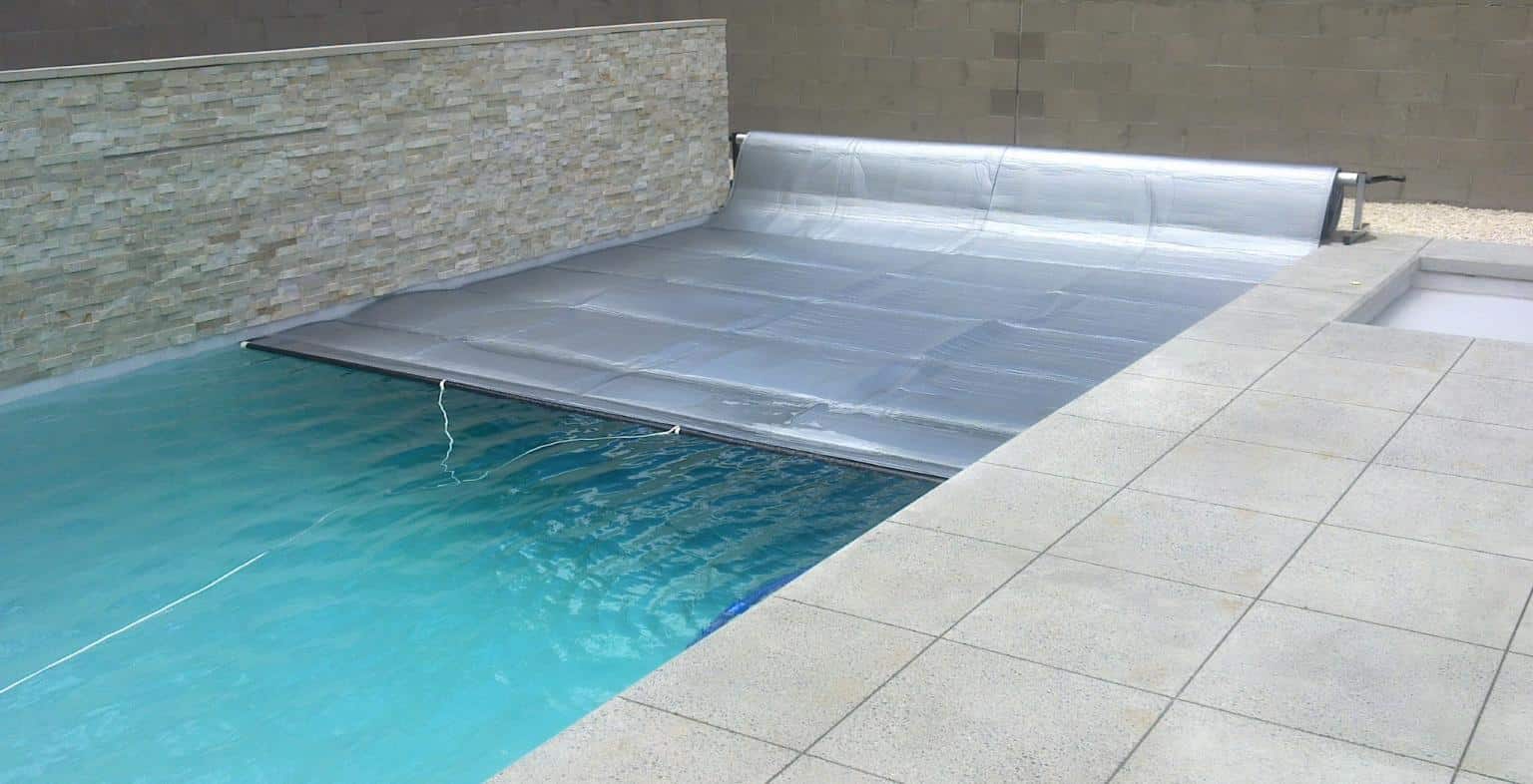Approximately 600 children and 200 adults drown every year in South Africa (2020 figures). According to the South African Medical Journal, drowning is the second leading cause of accidental death. Mortality rates are high in those under 15 years old, but especially in children under 5 years old. The fatal drowning statistic is about 3 in every 100,000 people.
A backyard pool promises endless summer fun, but it also comes with the huge responsibility of keeping an eye on fast and fearless little ones.
How to prevent child drowning
Accidents can happen anywhere – when on holiday, at someone’s home or even at your own house. You need to know how to be safe around water. Here are a number of pool safety tips all parents and pool owners should take into account:
- The inability to swim is the single, largest cause of drowning. Consider swimming lessons as a healthcare priority for anyone that cannot yet swim, especially for children under 5 years old.
- A close second cause of drowning is the lack of barriers around a pool. Get serious about fences and secure the pool area as far as possible. Be smart about pool installation and maintenance; this includes proper fencing, pool covers and other elements that could potentially save a life. Always keep the pool covered when not in use. Never rely on floaties or noodles to keep a child’s head above water. These are pool toys, not swimming aids!
- Every pool owner and childminder should have an emergency plan; this could be knowing CPR and having the Emergency Service contact details saved.
It’s worth mentioning that you need to think beyond the pool in the back garden. Toddlers can drown in less than 5cm of water. This means also securing water features, ponds and similar areas. If you have a body of water, childproof the entire area. Insist on water watchers and never leave a child unsupervised.
Lifesaving South Africa (LSA) is an essential volunteer community service that leads, supports and partners with national and international organisations committed to drowning prevention, water safety supervision and emergency response. This organisation is advocating for heightened discussion around drowning. They urge parents to talk frankly about it about water safety and possible drowning.
Adult drownings
Adult drownings form part of the annual accidental fatality statistics. Many adults do not know how to swim.
The most common cause of drowning for adults is risky behaviour and alcohol. Many adults will risk getting into the water without proper swim training. Adults also engage in more risky and dangerous water activities, such as white water rafting and other watersports. In instances like this the LSA recommends that life jackets are always worn.
What is the safest pool?
One hundred guests. Many toddlers. An unfenced pool. It’s enough to distress any parent.
So, what is the safest pool fence? A 1.7 meter high fence with a self-closing, self-latching gate is the prescribed barrier for small children, because they cannot easily open such a gate easily by themselves.
What about depth? It is recommended that pools have shallow depths at both ends and a middle that does not exceed 1 ½ meter in depth. The responsible depth for pools intended for diving is 22-25 meter.
Formal swimming lessons are available from many private suppliers across the country. Water safety lessons under the supervision of a lifeguard can dramatically influence the number of deaths by drowning each year.







